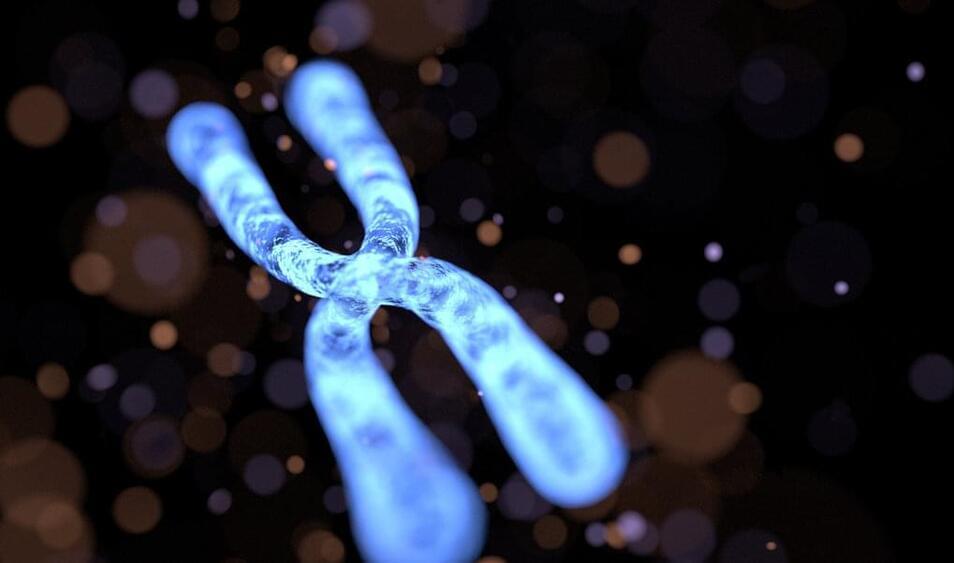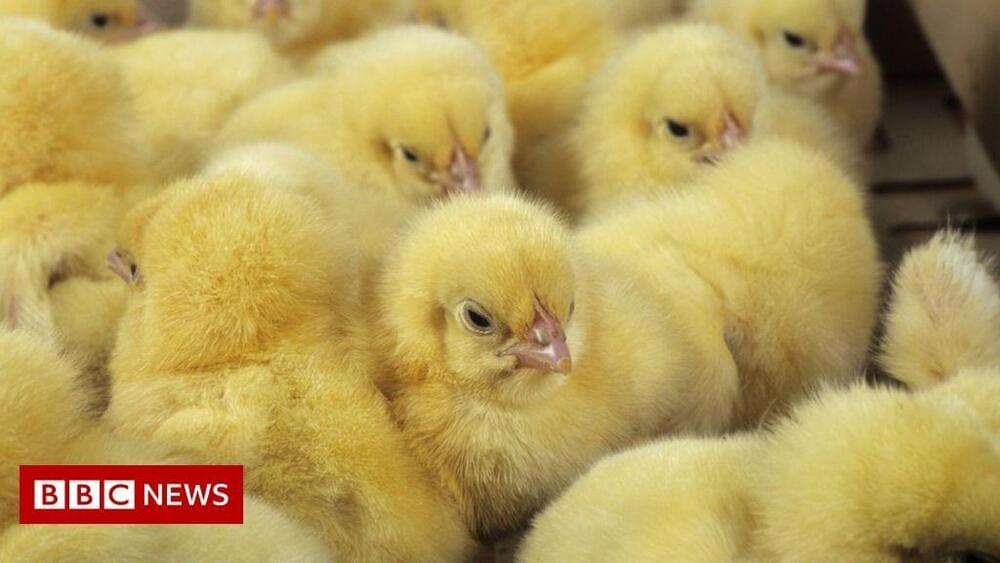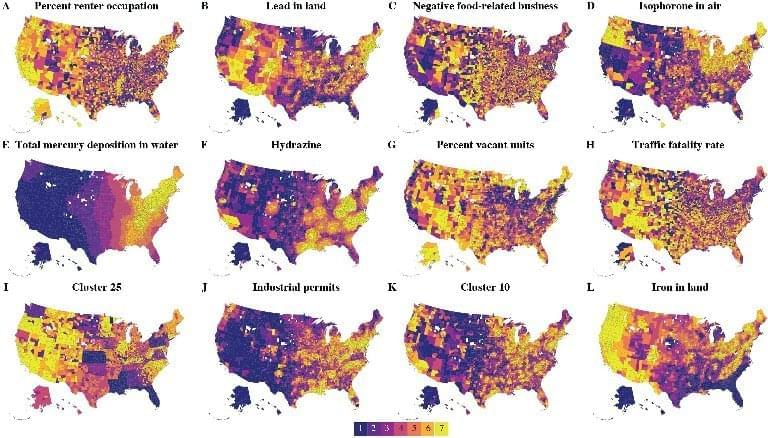(Part II) Centenarian Blood Test Analysis (n=1,754)
Join us on Patreon!
https://www.patreon.com/MichaelLustgartenPhD
Papers referenced in the video:
Risk Factors For Hyperuricemia In Chinese Centenarians And Near-Centenarians.
https://pubmed.ncbi.nlm.nih.gov/31908434/
Total cholesterol and all-cause mortality by sex and age: a prospective cohort study among 12.8 million adults.
https://pubmed.ncbi.nlm.nih.gov/30733566/
Association between low-density lipoprotein cholesterol and cardiovascular mortality in statin nonusers: a prospective cohort study in 14.9 million Korean adults.


